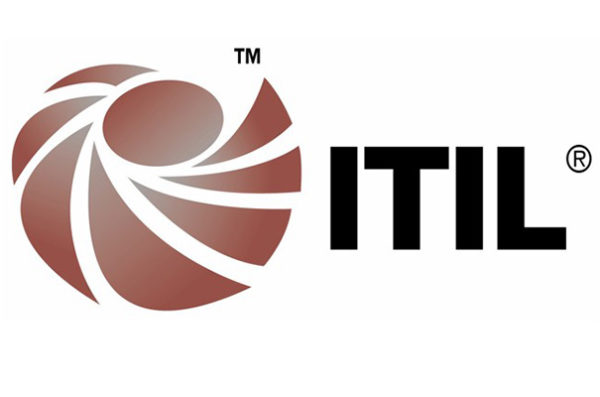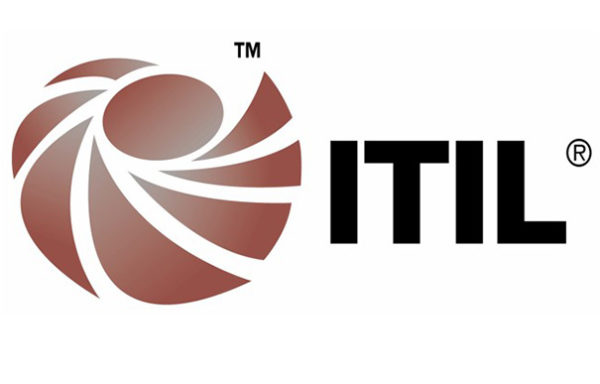ITIL® is comprised of five core publications: Service Strategy (SS), Service Design (SD), Service Transition (ST), Service Operations (SO) and Continual Service Improvement (CSI). It promotes alignment with the business as well as improvement in operational efficiency. The official ITIL® qualification scheme, owned by AXELOS, describes two streams, the Service Lifecycle Stream and the Service Capability stream: – The Service Lifecycle stream focuses on ITIL® practices within the Service Lifecycle context. The primary focus is the Lifecycle itself as well as the processes and practice elements used within it. – The Service Capability stream is for those who wish to obtain an in depth understanding of specific ITIL® processes and roles. The primary focus is on process activities, process execution and use throughout the IT Service Lifecycle. The ITIL® ST (Service Transition) course is part of the ITIL® Intermediate Lifecycle Stream. The course prepares candidates to take the ITIL® Service Transition Intermediate exam as well as providing valuable knowledge that can be implemented in the workplace. The Service Transition Certificate is a free-standing qualification but is also part of the ITIL® Intermediate Lifecycle Stream. It is one of the modules that leads to the ITIL® Expert Certificate in IT Service Management (ITSM). The purpose of this module, exam and certificate is, to impart, test, and validate the knowledge on industry practices in IT Service Management as documented in the ITIL® Service Transition publication.
Description
Durée : 28 heures
Modalités techniques d’évaluation : Évaluation des connaissances par QCM, évaluation des compétences au travers de travaux pratiques et de cas d’études. Contrôle de l’acquisition des connaissances et des compétences pendant la formation par le formateur.
Moyens pédagogiques : Apports théoriques réalisés en classe et complétés par de nombreux travaux pratiques permettent aux participants de disposer d’une expérience concrète. A l’issue des sessions magistrales, réalisation de cas d’études tutorés.
Objectifs pédagogiques
À l’issue de la formation, le participant sera en mesure de :
- Introduction to service transition
- Service Transition principles
- Service Transition processes
- Managing people through service transitions
- Organizing for Service Transition
- Technology considerations
- Implementing and improving service transition
- Challenges, critical success factors and risks.
Examen
Méthodes pédagogiques
Certification
COURSE INTRODUCTION
- Service Transition -Introduction
- Purpose and objectives
- Scope of Service Transition
- Service Transition Processes
- Value to the Business
- Context of Service Transition
- Service Transition Inputs and outputs
- The ITIL® Certification scheme
- The exam format
PRINCIPLES
- Service Transition Contents
- Principles & Policies
- Best Practices
- Optimizing Service Transition performance
- Metrics for alignment with Business and IT plans
- Metrics for Service Transition
PROCESSES
- Transition planning and support
- Change Management
- Service Asset and Configuration
- Management
- Release and deployment Management
- Service Validation and Testing
- Service Evaluation
ACTIVITIES
- Communication
- Organizational Change
- Organizational Change Products
- Planning / Implementing Change
- Resistance to Change
- Stakeholder Management
ROLES AND RESPONSIBILITIES
- Introduction
- Process Owner
- Service Owner
- Organizational context
- Relationships with other Lifecycle stages
- Key roles and responsibilities
TECHNOLOGY CONSIDERATIONS
- Considerations of Technology
- Service Transition Support Tools
- ITSM Technology
- Knowledge Management Tools
- Collaboration – Communities and Workflow Management
- Configuration Management System
IMPLEMENTATION AND IMPROVEMENT
- Justifying Service Transition
- Designing Service Transition
- Introducing Service Transition
- Cultural Change
- Risks and Value
- Implementation Challenges, CSF’s and Risks
- Service Transition under difficult circumstances
- Integrated Service Transition processes
- Service Transition in a virtual cloud environment



